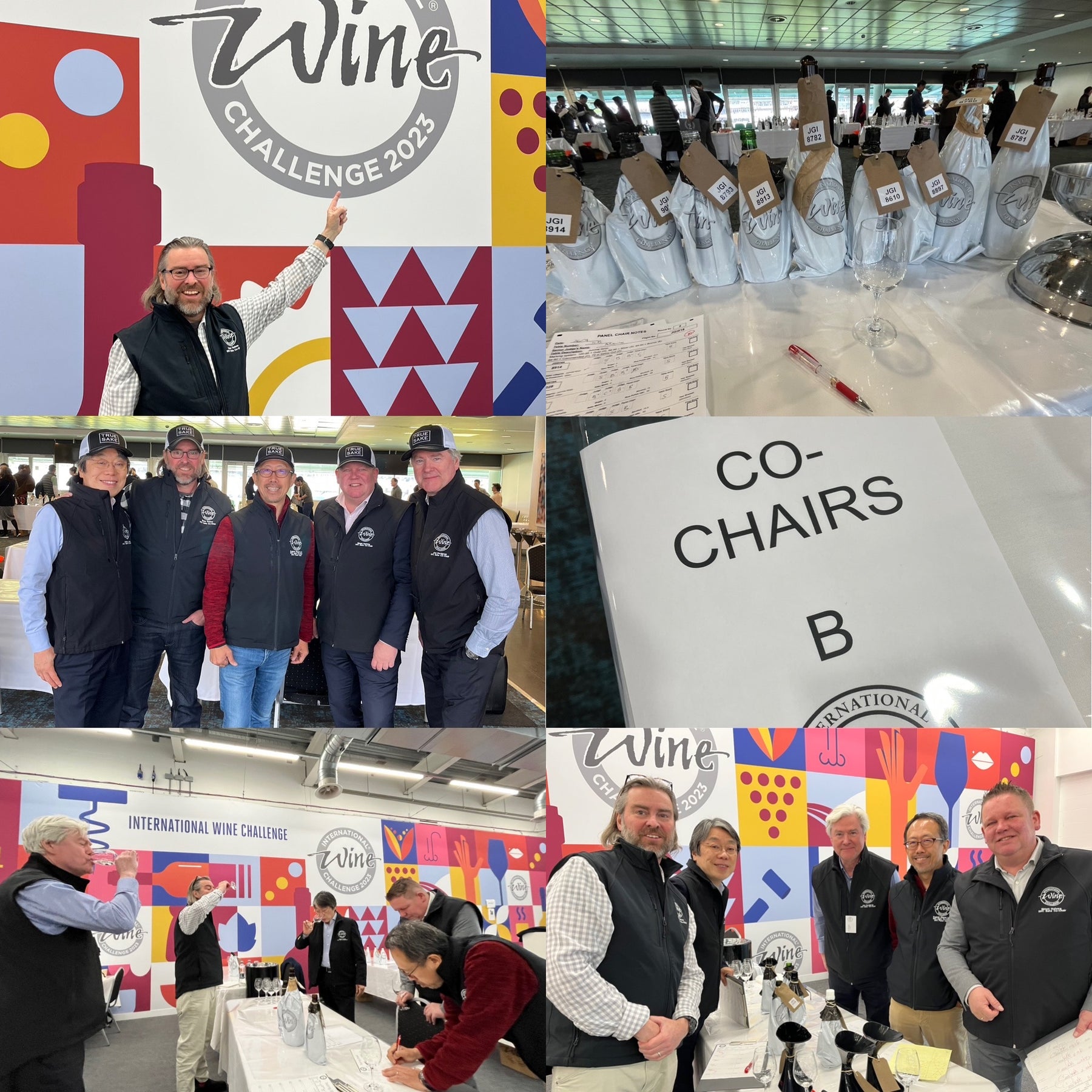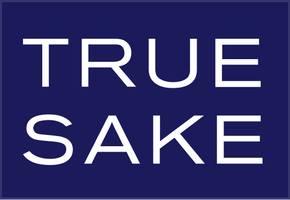
Sake Judging – The 2023 International Wine Challenge
Just got back from Co-Chairing the sake-side of the International Wine Challenge in London before King Charles was crowned. There were a lot of royal brews submitted this year from Japan, Mexico, USA, Brazil, and the UK. In fact there were 1601 sake submitted for this very rigorous, impartial, and influential international sake competition – the largest and most dominant consumer sake judging in the world.
Take a guess at which category had the most submissions this year? Give up? The Junmai Daiginjo category had 501 entrants, and that’s a ton. The second largest was Junmai Ginjo. And for the first time, we judged the Junmai Daiginjo in three sub-categories based on milling percentages. “Normal” were the sakes that were milled between 50% and 35%. “High” were the brews milled between 35% and 20%, and “Super High” were the sakes that were milled below 20%. Over 80 of the submissions were in the High to Super High ranges.

It’s important to note that the IWC is not a technical competition; rather it is a consumer tasting which means all of the sakes judged are available to the public. As you know in Japan, there is a national competition that judges sakes that are specifically made for the competition, but people like you and me never get to taste these efforts. That’s why the IWC is so cool. You can check out the results later in the month to see what you can get your hands on.
At the IWC, we judge for the “true definition of the style.” Basically, that means every sake is judged specifically on its fit in a specific category. And yes we taste in categories; flights of categories, and more specifically the flights have all of the same details from milling percentage, to the SMV, so they are competing against similar brews and not against sakes made differently. That way, the sakes stand out to the 65 judges more accurately.
I take great pride in the fact that every sake submitted to the IWC gets the attention and respect that it deserves, and it’s an honor to judge these submissions because we know how hard the makers work. Those sakes are their babies. We treat each brew with great attention and much passion. That is my favorite aspect of judging this competition. It’s what sets us apart from other commercial tastings. Each sake gets tasted and re-tasted (and in some cases re-re-tasted). There is 100% accountability for each sake, and at a minimum at least 12 judges taste every brew, which then gets follow-up tasting by the Co-Chairs. We respect every sake!

When you come to True Sake, you will see a lot of past IWC Champion sakes like Katsuyama, Okunomatsu, Nanbu Bijin, etc. You will certainly notice the Trophy Winners, which means they won a specific category, like Kikuizumi, Ichinokura, and Dewazakura have done in the sparkling sake category. Likewise, you will see Katafune from Niigata that has won more Trophies than anybody, Dewazakura from Yamagata that has won more Gold Medals than anybody, and of course Born Daiginjos that are perennial winners.
Just look around the store for those IWC tags and stickers and rest assured that they are delicious sakes, because a lot of highly qualified judges said so!
